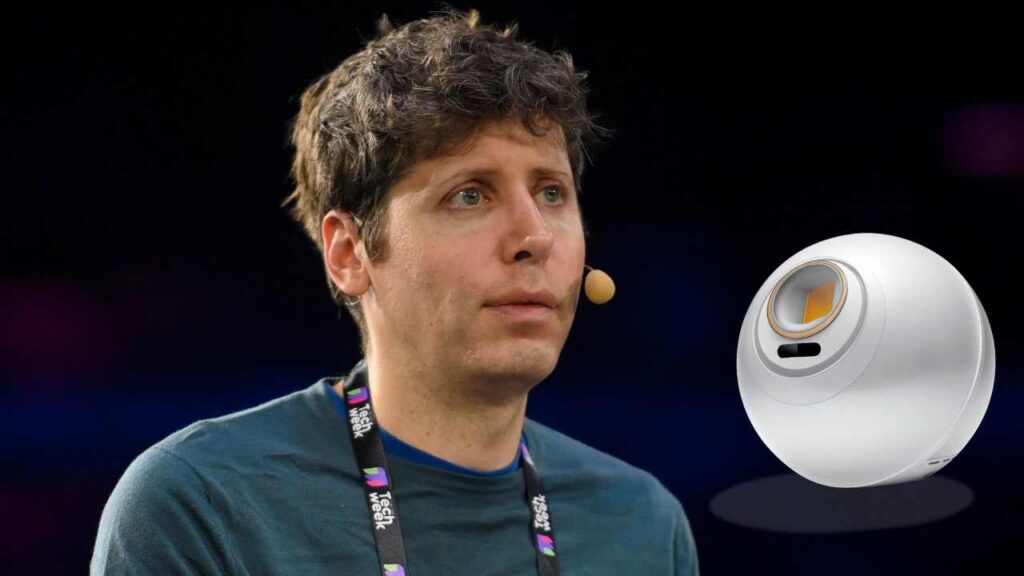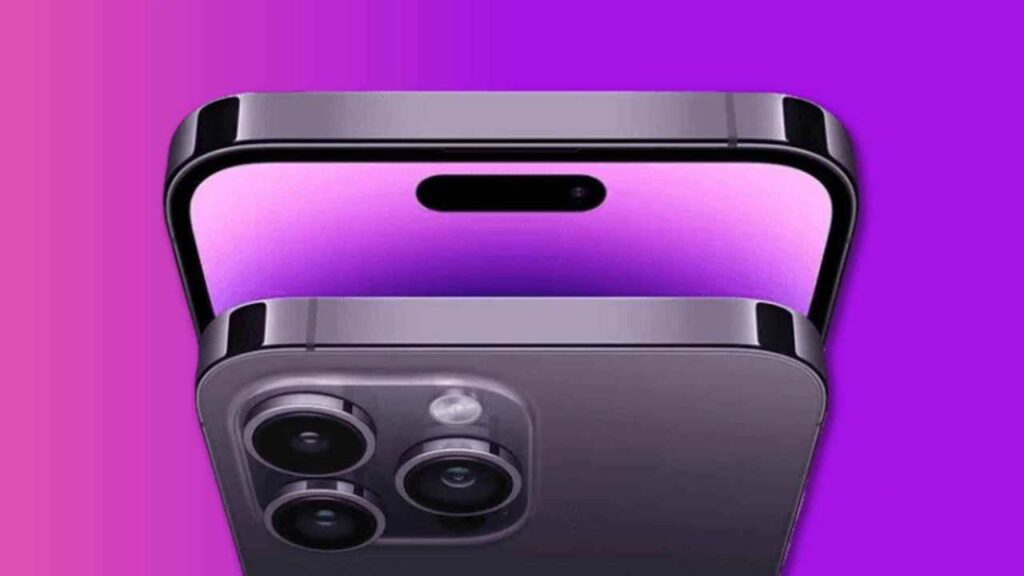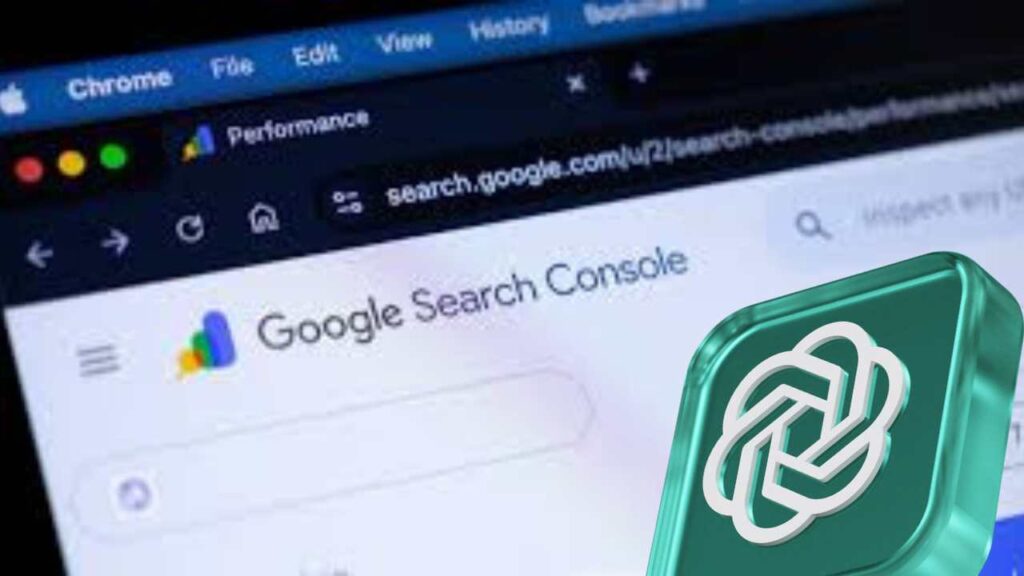Sam Altman latest venture presents an ambitious play: scan one billion irises worldwide, issue digital IDs and tailor a network around verified humans. While the vision looks futuristic, the journey already reveals complex tech, regulatory and ethical obstacles. The initiative originates from Tools for Humanity, the startup Altman co-founded. The project first gained public notice under the name Worldcoin and later rebranded as World. It uses a device dubbed the “Orb” to scan a person iris, translate that biometric data into a cryptographic code and issue what the company calls a “World ID” to prove someone is human rather than a machine. From a numbers standpoint, the goal stands tall. Tools for Humanity sets the target at around one billion users. Yet by recent estimates it has only achieved roughly two percent of that target.That gap raises the question: what stands between the ambition and its wide-scale adoption?
First and foremost, regulatory scrutiny looms large. Biometric data such as iris scans fall under sensitive personal information in many jurisdictions. Some national regulators have already flagged concerns about consent, data retention and the potential for misuse. Alongside that, tools and operations must adapt to local legal frameworks, which complicate global scaling. Next, the technology and business model present their own set of hurdles. Installing Orbs, verifying users and maintaining secure systems cost real money. Funding rounds have covered early expenses, but monetising a human-verification network remains unclear. Also, the incentive model giving tokens or other crypto rewards in exchange for iris scans has drawn both participation and criticism for how it evaluates value.
Then there is a social and ethical dimension. The concept targets distinguishing humans from bots in an AI-rich world. But it also asks individuals to surrender biometric identifiers. Trust becomes the decisive factor. Many potential users may ask, why attach my iris to a network I do not fully understand? Without clear, compelling everyday use-cases, adoption may stall.
From a practical vantage, the company must build use-cases that resonate at scale. Verification in online dating, financial services or social media could benefit from proof of personhood. Partners such as payment platforms or identity-services firms will matter for reaching beyond early adopters. Yet the critical mass still lies ahead. In short, the project stands at a crossroads. It offers a novel vision humanity verified, tokens distributed, machines distinguished from people but faces formidable challenges in trust, regulatory compliance, business model and technological rollout. Whether one billion users join this iris-scan network depends less on hype and more on whether the system proves its value, stays secure and convinces people that sharing their biometric essence delivers meaningful benefits.










